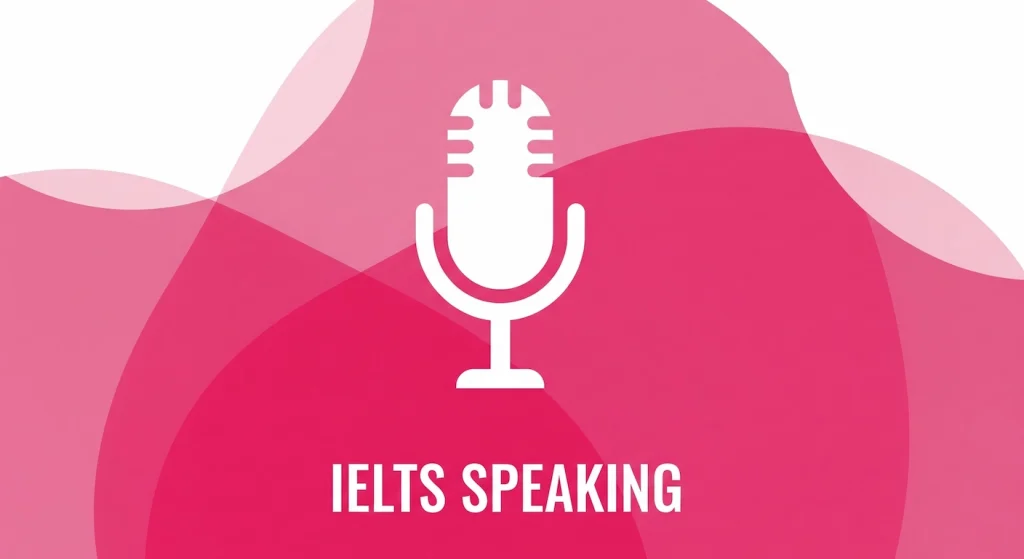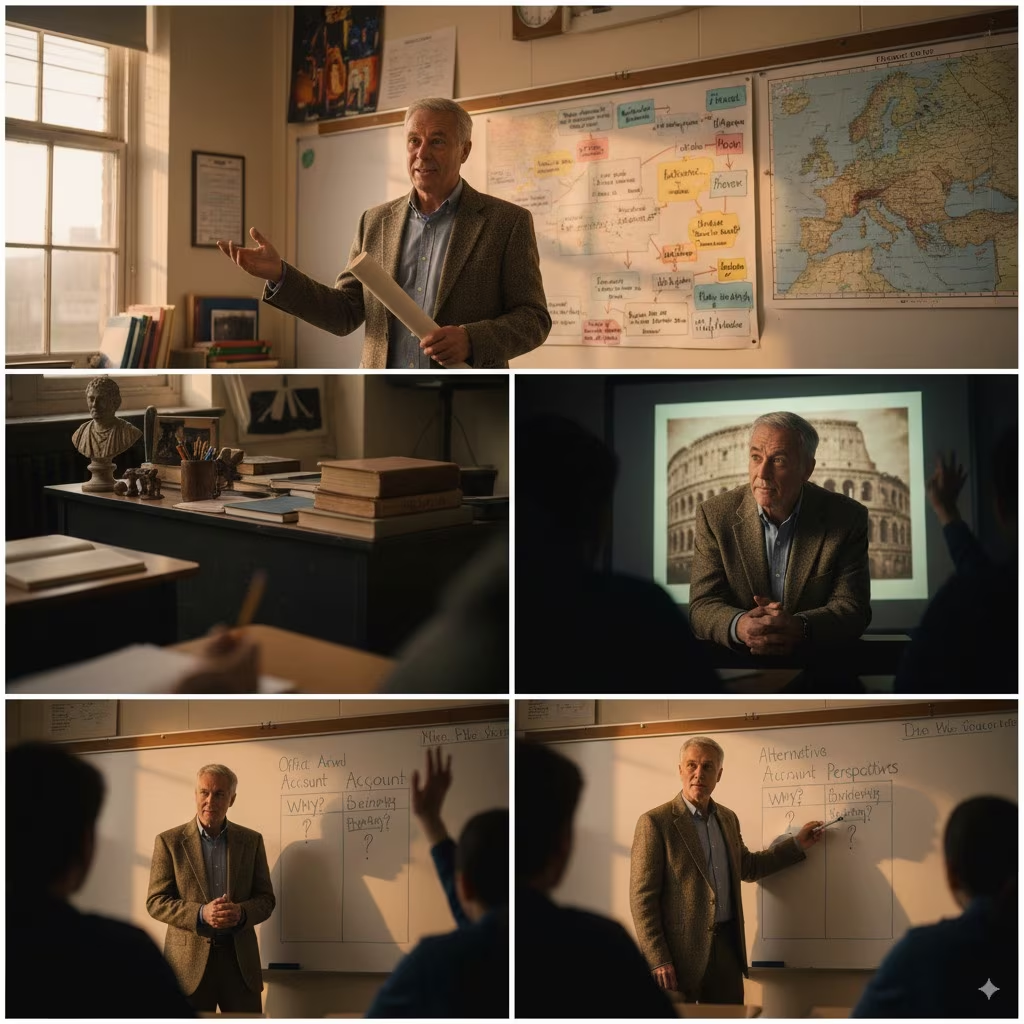
The examiner stops asking questions, picks up a Topic Card, a pencil and a small notepad or piece of paper. They hand them to you and say, “I’m going to give you a topic and I’d like you to talk about it for one to two minutes.” The one-minute timer starts ticking. This is it—the Individual Long Turn, the core of IELTS Speaking Part 2. For many candidates, this moment brings a rush of anxiety. How can you possibly plan a two-minute speech in just sixty seconds?
This is where many test-takers falter. They either freeze during the preparation time, struggle to structure their thoughts, or run out of things to say after just 45 seconds. The key to success is not about having a perfect, memorised speech, but about having a powerful strategy. A good strategy allows you to use your preparation time effectively, structure your talk coherently, and speak confidently for the full two minutes.
This guide will demystify the entire process. We will provide a step-by-step method that covers everything from effective note-taking to structuring your talk and delivering it with confidence. By the end, you will have a clear and practical toolkit to transform this challenging task into your highest-scoring section.
To master this section, you first need to understand its mechanics and what the examiner is looking for.
The process for IELTS Speaking Part 2 is always the same:
A typical cue card might look like this:
Describe a memorable holiday you took.
You should say:
and explain why this holiday was so memorable for you.
During your two-minute talk, the examiner is assessing you on the four key criteria:
Your one minute of preparation time is the most valuable asset you have in IELTS Speaking Part 2 and wasting it is not an option.
The biggest mistake candidates make is trying to write full sentences. You simply don’t have time, and you can’t read and speak naturally at the same time. So, the goal is to create a mind map of keywords.
For the holiday topic, your notes should look like this, not like a script:
These keywords are enough to trigger your memory and guide your talk.
If your mind goes blank, use the ‘5 Ws’ (and one H) to quickly generate ideas for your notes. Just ask yourself:
This simple framework helps ensure you have enough material to talk about for the full two minutes.
A clear structure will make your talk sound more coherent and will help you manage your time effectively. Think of it as a mini-essay with a beginning, a middle, and an end.
Don’t just jump into the first bullet point. Start by paraphrasing the topic from the cue card. This gives you a confident and fluent start.
This is the core of your talk. Use your keyword notes to address the bullet points on the cue card. Treat them as a guide, not a strict checklist. Use linking words to transition smoothly between your points.
Example:
Avoid stopping abruptly. A short concluding sentence provides a satisfying end to your talk and shows the examiner you have control over your speech. Summarise your main feeling or thought about the topic.
Describe a teacher who had a positive influence on you.
You should say:
and explain why you remember them so well.

Why This is a Good Answer
Describe a special gift you received.
You should say:
and explain why it was so special.

Why This is a Good Answer
Describe a time you felt very proud of a family member.
You should say:
and explain why you felt so proud.
Why This is a Good Answer
Describe a beautiful place you have visited.
You should say:
and explain why you found it so beautiful.

Why This is a Good Answer
To move from a good score to a great one, incorporate these advanced strategies.
The best answers in IELTS Speaking Part 2 are stories. A story is naturally engaging, easy to structure (beginning, middle, end), and much easier to talk about for two minutes than a list of dry facts. Instead of just stating facts, describe your feelings, the atmosphere, and the details.
Your story is the perfect vehicle for showcasing your language skills.
If you finish covering your points and notice there is still time left, don’t panic and go silent. Keep talking! Add more details.
Success in IELTS Speaking Part 2 is not about luck; it’s about having a robust and flexible strategy. By mastering the one-minute preparation, following a clear structure, and using storytelling to engage the examiner, you can turn two minutes of pressure into two minutes of high-scoring, confident communication.
Key Takeaways:
Final Expert Tip: Practice is key. Use the timer on your phone and record yourself speaking for two minutes on various sample topics. Listen back to your recordings. This is the single best way to get a feel for the timing, identify your weaknesses, and build the fluency and confidence you need to excel.
Get instant, AI-powered feedback on your IELTS essays. Improve your writing, structure, and vocabulary with WritewiseAI’s world-class technology.